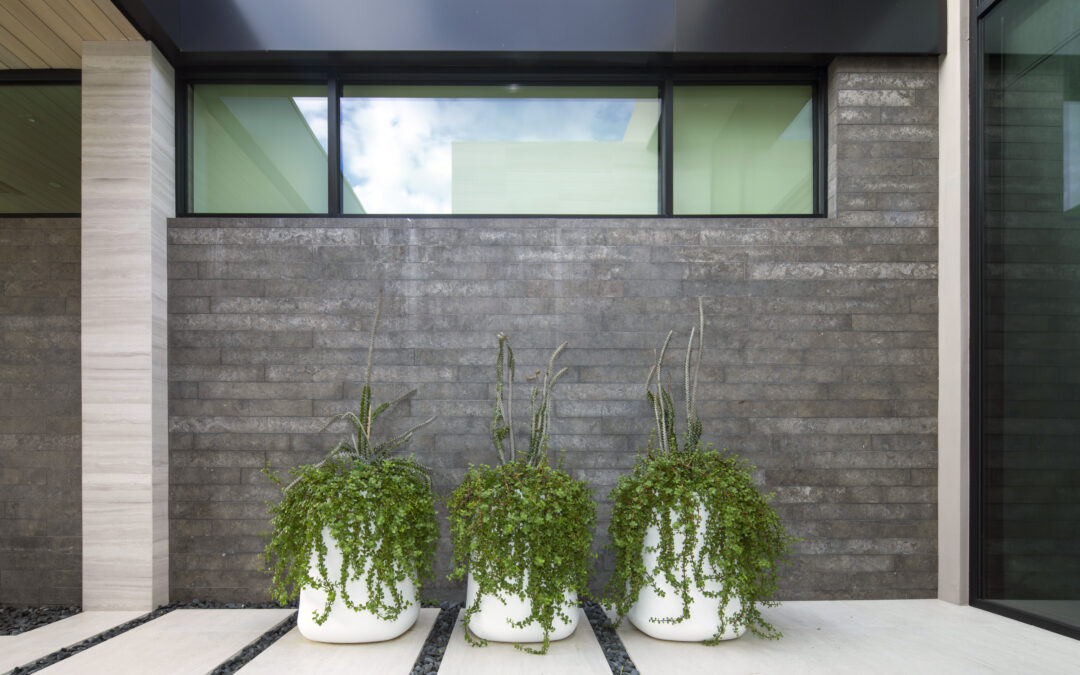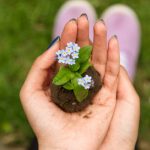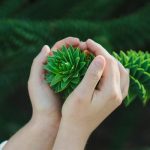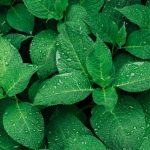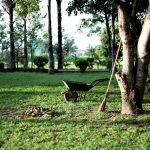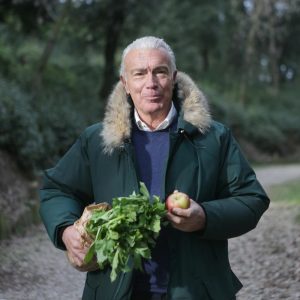Spring is in the air! The spring is the perfect time to perform maintenance on your yard before summer creeps up and the heat becomes unbearable. Elevation significantly affects the type of maintenance your yard will need. There are three primary levels of elevation in Arizona, as indicated by the map below.

All Elevations
We have prepared a maintenance checklist for each level of elevation. Late winter to early spring is the best time to plant woody shrubs and trees for all heights. These species are typically slow growing and will need time to establish root systems that are sacrificed during the planting. When planting shrubs and trees, it is vital to provide them with plenty of space for growth. You may feel tempted to fill in all space but leave room for the plant to mature.
As temperatures warm, irrigation systems start to display signs of damage from the cold weather. The most common symptom is leaking. Therefore, late winter to early spring is the perfect time to check your irrigation lines and ensure everything is correctly functioning. This will give you time to identify and replace damaged parts before the summer heat makes it obvious where the faults exist.
Low Elevations
Perennial wildflowers and other plants from seed thrive best when planted during the late winter rains. If the rains don’t fall as needed, daily light watering will do the trick! When it comes to planting flowers, there are so many choices! Before choosing, it is wise to see what’s available at your local nursery or garden center. Be cautious when ordering seeds online, especially if the species is native to a vastly different environment.
Citrus trees require yearly fertilizer. The recommended amount can vary based on the tree’s type, age, and size. Desert Foothills Landscape recommends fertilizing three times a year, splitting the recommended nitrogen fertilizer application into thirds. For oranges, tangerines, and grapefruit, fertilizer should be dispersed in January/February, March/April, and May/June. In contrast, lemons, and limes require the third fertilizing much later in August/September.
Middle Elevations
Many of the same plants that grow at low elevations will thrive similarly in places a little higher. We recommend waiting until March rather than February to conduct planting. This added month with ensure that you are past the first date.
High Elevations
In very high elevations, late winter is the perfect time to prune fruit trees such as peach, apple, and fig. Pruning methods vary depending on the type of tree. While correct pruning keeps a tree in good health, incorrect pruning can damage and shorten the life of a tree. Unfortunately, incorrect pruning can damage and shorten the tree’s life span. The rule of thumb is not to remove any more than one-third of live branches. If you are unsure how to prune, ask for help!
Spring is also the perfect time to begin planting vegetables and other annuals – before it gets too hot! Before you start, consider improving the soil in the beds. Arizona soil has little organic matter, making it difficult for vegetables to grow. Compost or purchased fertilizer will do the trick! If you are still determining which fertilizer ratio to buy, we recommend you do soil test of the garden beds. This test will let you know how much nitrogen, phosphorous, and potassium formula you have and how much more your beds require. You can purchase a soil test kit at your favorite garden center.
Spring maintenance sets your plants up for success in the following months and years to come. You must complete the checklist (as it applies to your yard) before the summer heat arrives.


